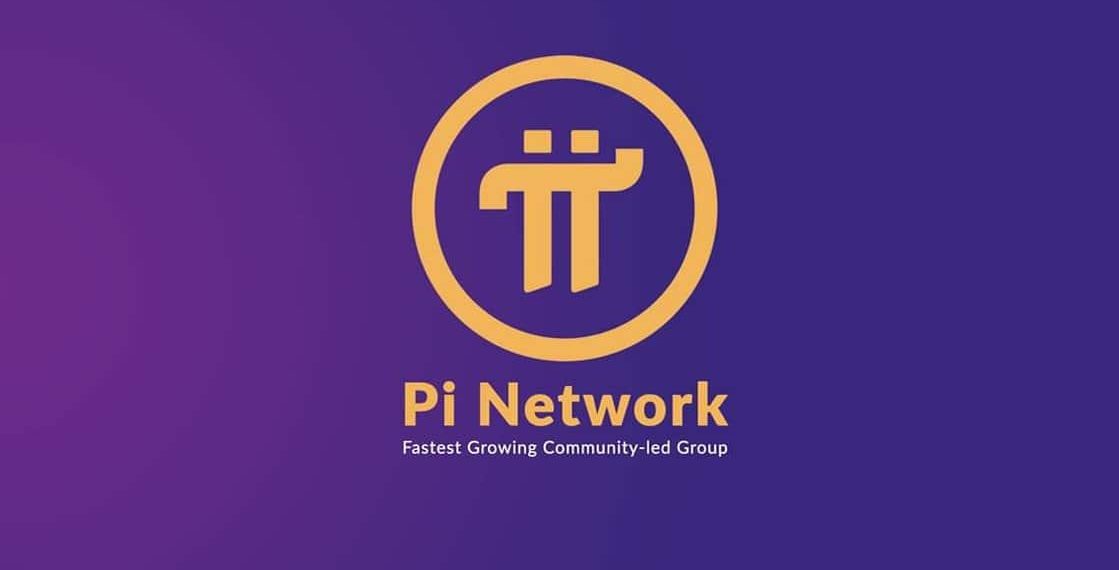|
Getting your Trinity Audio player ready...
|
Pi Network has made another major advancement by launching Testnet 2, a crucial update in its journey toward the much-anticipated Open Network. This new version not only brings key improvements designed to enhance testing but also prepares node operators for a smooth transition to the Mainnet. As the crypto community keeps a close eye on Pi Network’s progress, this update represents an important milestone in its path toward achieving full decentralization.
Read more: Earning Pi Network Cryptocurrency
What Is Testnet 2?
Testnet 2 provides a seamless platform for node operators, enabling them to transition between the Testnet and Mainnet without disruption. This new layer of the network allows users to thoroughly test its features, functionality, and performance. Notably, Testnet 2 has introduced a selective rollout, where only a limited number of nodes are initially given access. This strategic approach helps Pi Network gather valuable feedback, which will be used to improve the platform before the Mainnet launch.
By limiting node participation, Pi Network’s core team can carefully monitor performance and make real-time adjustments based on gathered data. As a result, this deliberate method ensures that the Testnet environment is robust enough to handle the complexities of a fully decentralized ecosystem.
Lower Transaction Fees and Pi Network’s Economic Model
One of the most significant upgrades in Testnet 2 is the reduction in transaction fees, which are now set at an impressively low 0.0000099 Pi. This reduction offers the Pi community a clearer understanding of the platform’s potential economic framework, especially as it moves closer to full decentralization. Furthermore, the new fee structure positions Pi as an affordable and accessible cryptocurrency for everyday transactions.
Not only do these reduced fees enhance the network’s usability, but they also underscore Pi Network’s potential for long-term scalability. As crypto adoption continues to rise, having such a low-fee structure will be crucial in encouraging active participation and frequent transactions within the Pi ecosystem.
The Role of Testnet 2 in the Upcoming Mainnet Launch
Testnet 2 is more than just a technical enhancement—it represents a pivotal step toward the highly anticipated Mainnet launch. By creating a flexible and controlled testing environment, the Pi team is ensuring that the network will be secure, stable, and efficient when it transitions to the Open Network. Moreover, this phase serves as a bridge between the current Testnet and the fully decentralized Mainnet, allowing the team to address any issues related to compatibility, performance, or security in advance.
In addition, the feedback collected during this testing phase will be invaluable in refining the Mainnet to meet the high standards expected by the Pi community.
Preparing for Decentralization
As Pi Network moves closer to full decentralization, the role of node operators becomes increasingly vital. Testnet 2 equips these operators with the necessary tools to test, optimize, and prepare for the shift to the Open Network. By fine-tuning their operational processes early on, Pi Network is laying the groundwork for a successful and secure Mainnet launch.
Meanwhile, with the release of Testnet 2, the Pi Network community is eagerly awaiting further updates on the Mainnet timeline. With each new development, the network inches closer to its goal of becoming a fully decentralized, user-friendly cryptocurrency platform.
Conclusion
The introduction of Testnet 2 is a major milestone in Pi Network’s ongoing journey toward decentralization. By offering a flexible testing platform, reducing transaction fees, and actively seeking user feedback, Pi Network is positioning itself as a serious contender in the cryptocurrency space. As the project continues to evolve, both the community and market participants will be watching closely, anticipating Pi Network’s next steps toward becoming a widely adopted cryptocurrency. Ultimately, the unveiling of Testnet 2 strengthens the Pi ecosystem and signals its potential for widespread adoption in the future.
Crypto and blockchain enthusiast.




